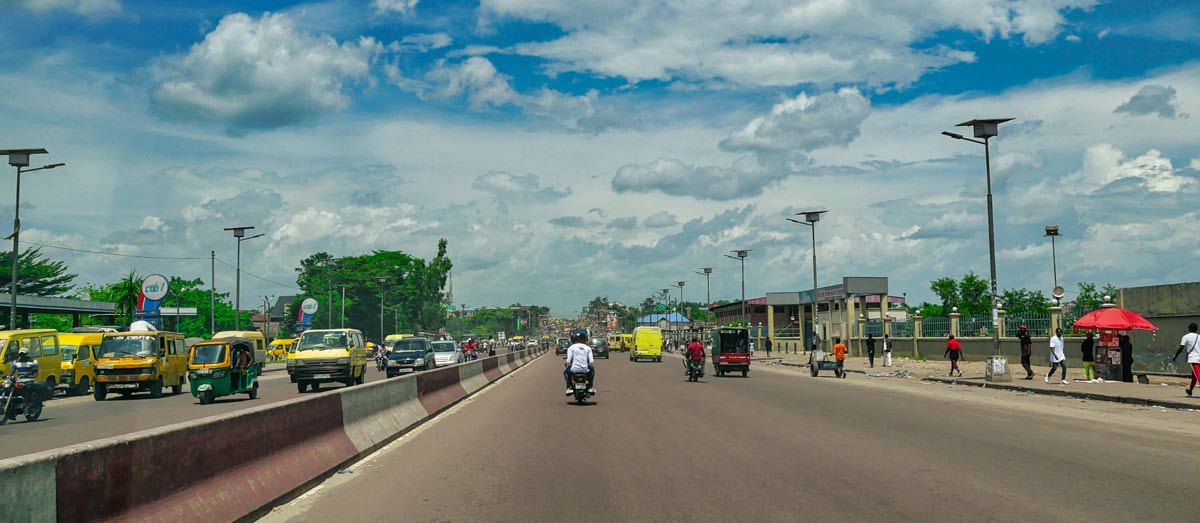A little over ten years ago, using the Internet in the Democratic Republic of the Congo (DRC) wasn’t easy. There was a lot less infrastructure, and even where it was present, the fees of intercontinental data traffic meant it was way more expensive than most people could afford. Only a fraction of its population was able to get online. Even for those who could, the experience was not optimal. With most of its traffic exchange happening outside the country, latency issues were commonplace. There was a need for a drastic change that could make the Internet more accessible to people.
All over the world, technicians have tackled similar issues by creating local Internet Exchange Points, or IXPs. An IXP is a network infrastructure that enables the interconnection of networks to exchange data traffic. This means data does not need to travel long distances to connect two people in the same city, for example. When traffic stays local or is exchanged locally, the Internet content gets to users faster and securely and is more cost-effective.
The First Internet Exchange Point
The Internet in the DRC began to change in November 2012. In Kinshasa, the country’s capital city, home to 17 million people, the Internet Provider Association of the DRC (ISPA-DRC)—funded by the Internet Society—built its first IXP: the Kinshasa Internet Exchange, or KINIX. Its goal was to connect six local service providers, and it encouraged operators to build fiber cable networks that improved connectivity in the city. Ten years later, it reduced the price of Internet transit by 98% and increased local Internet traffic from a few Mbps to close to 80 Gbps. All of this saved the local Internet Service Providers (ISPs) substantial costs, reducing the price of connectivity for users and allowing ISPs to expand their operations and connect even more people.
The cheaper connectivity environment and the millions of people that are now online attracted investments in other sectors, like hosting facilities. RAXIO and OpenAccess, two new data centers, will allow more content to be locally available for people, sparking further business interest. But the DRC is a big country, home to the 4th largest population in Africa, and a single IXP is not enough to fulfill the potential the technical community sees.
Individuals using the Internet (% of population) – Congo, Dem. Rep – World Bank Group
Building The Digital Economy Puzzle
To increase the impact of the local connectivity environment, the ISPA-DRC decided to create two new IXPs: one in the southern city of Lubumbashi (LUBIX), launched in 2019, and another in the eastern city of Goma (GOMIX), operating since 2021. With the promise of new IXPs, global Content Delivery Networks came along. They will help service providers deliver content at cheaper prices and reach users faster. The Internet Society works with the ISPA-DRC through equipment support programs, advocacy, capacity-building activities, and other initiatives to help shape the DRC as a digital innovation hub.
The last decade has drastically changed the DRC’s Internet, but we can’t lose momentum. To build a robust digital economy, technical communities must strengthen routing security to build trust and confidence in the local IXPs and attract new network operators. Policy-makers must work on legislation that protects all stakeholders, especially intermediaries. And finally, there is a continuous need to build the capacities of local technical communities.

